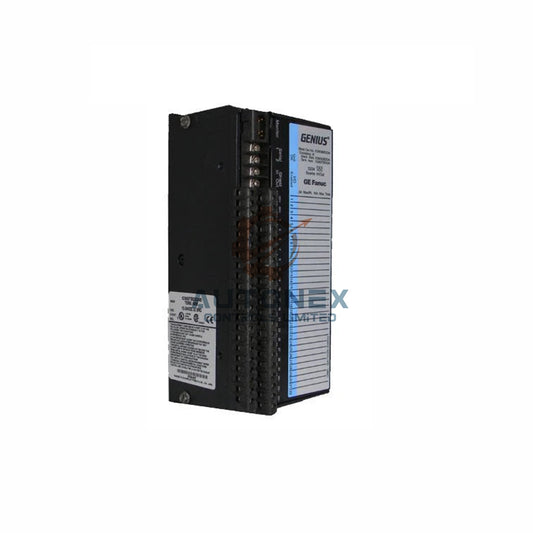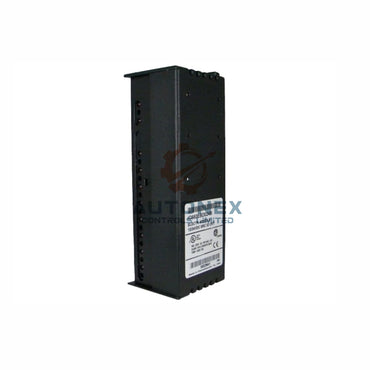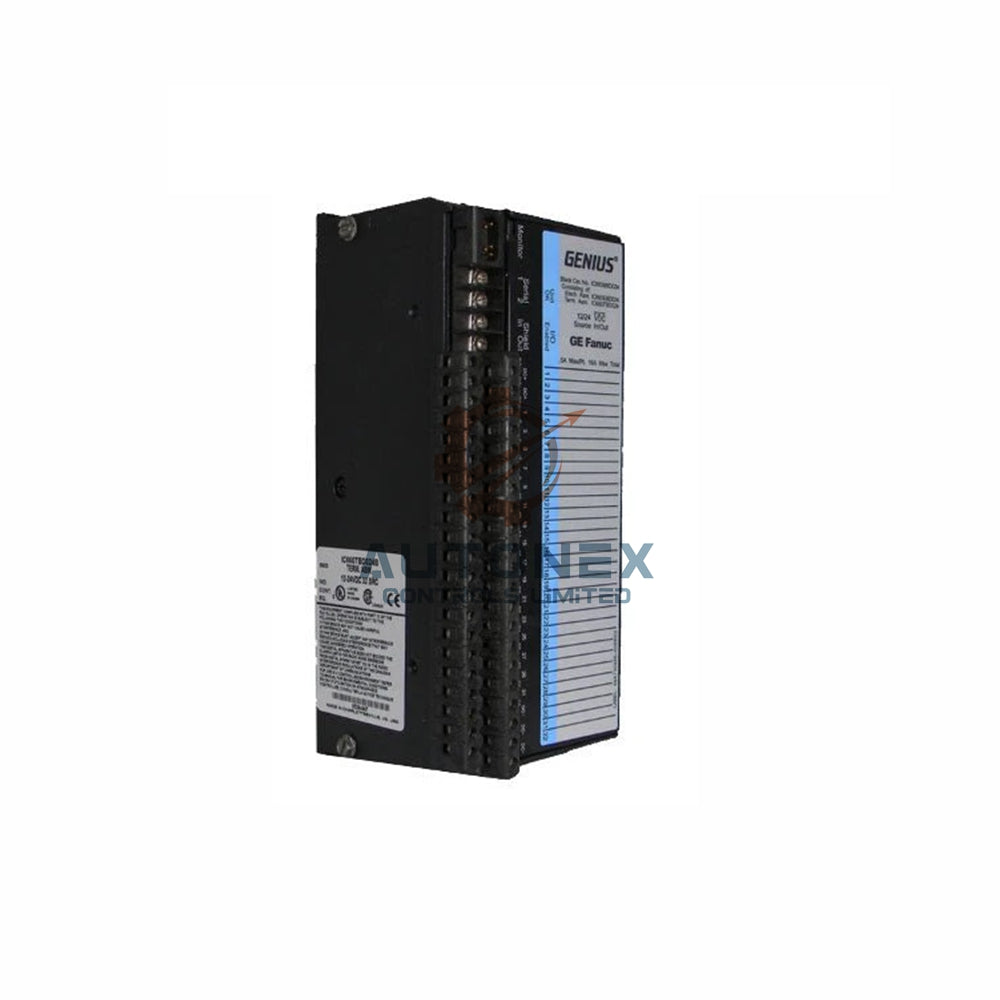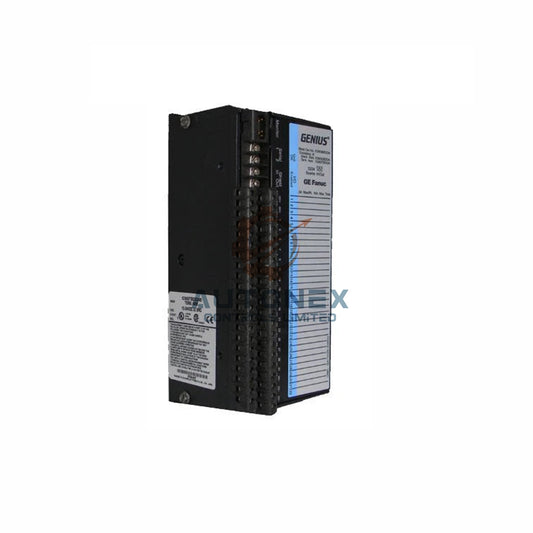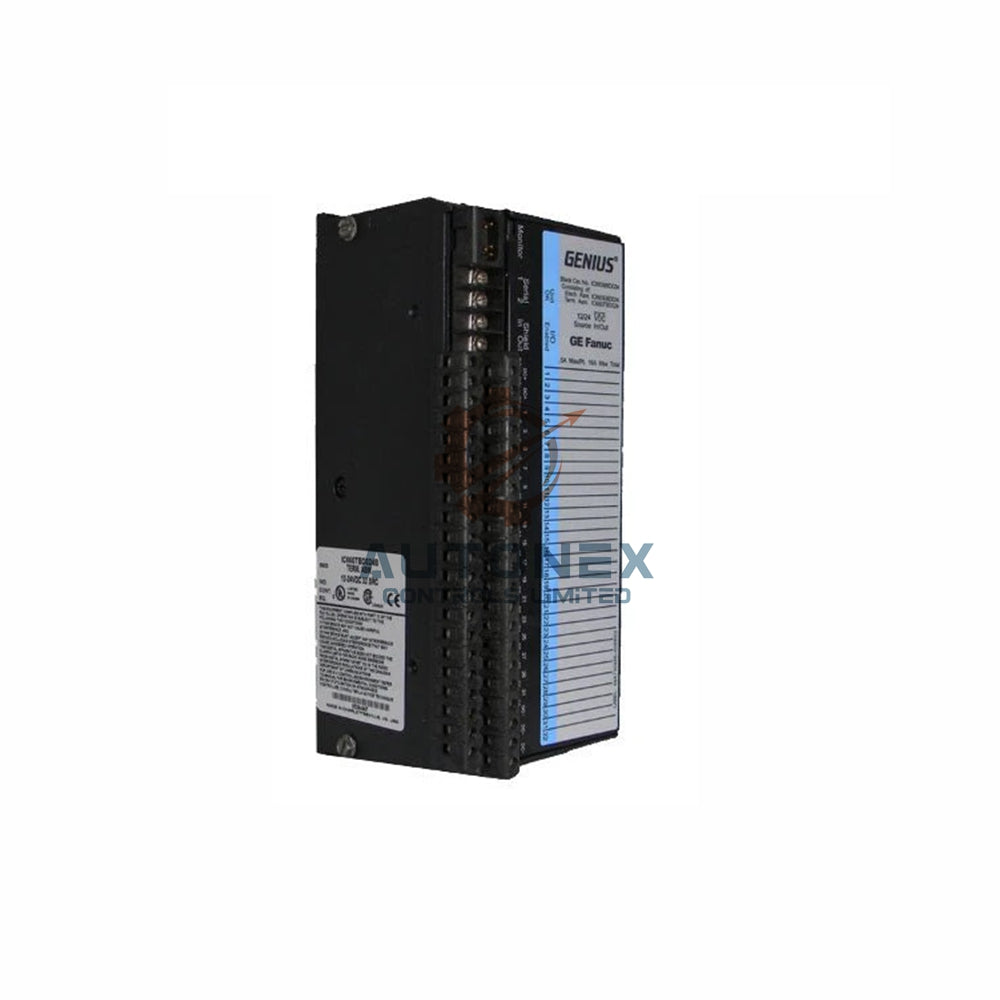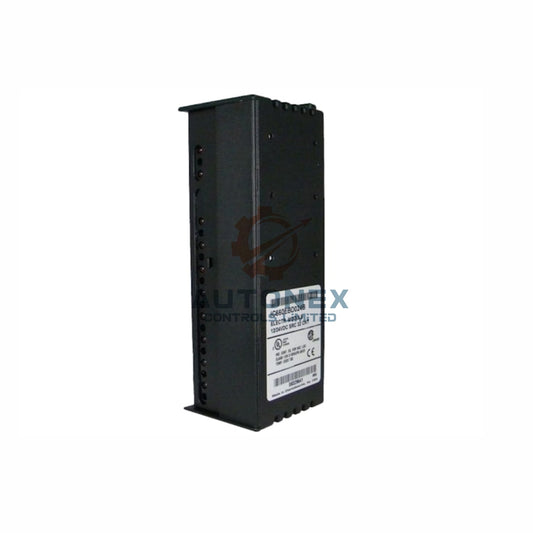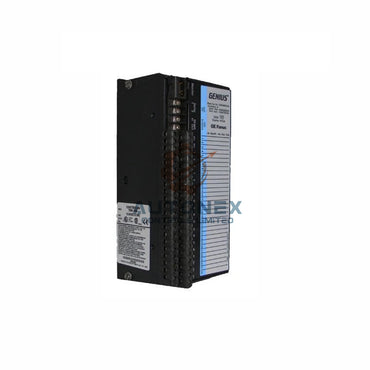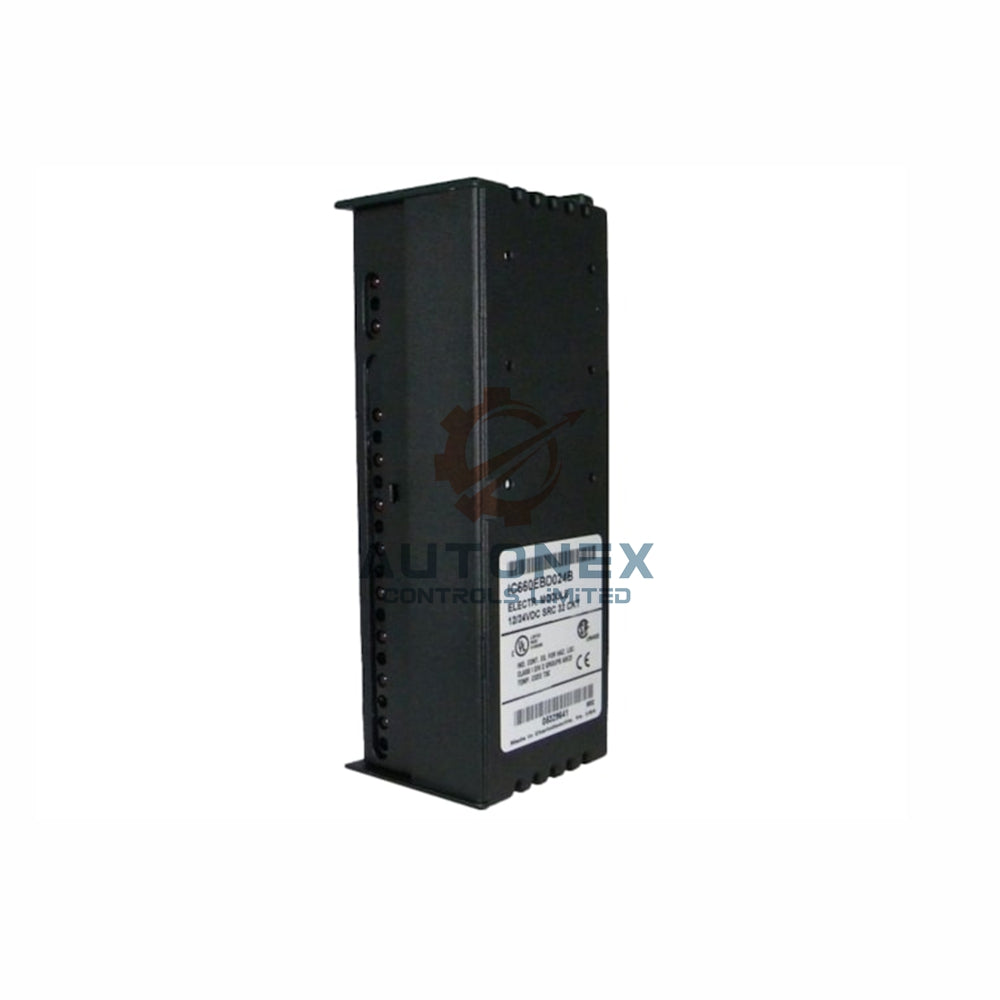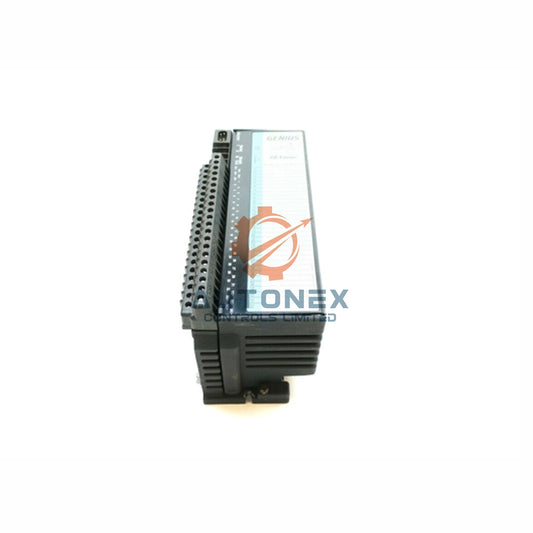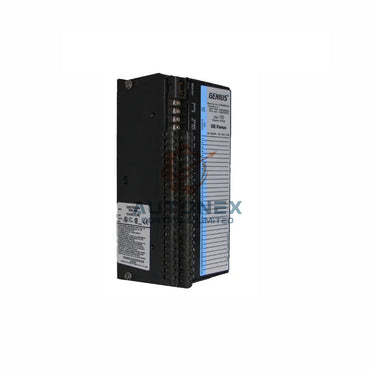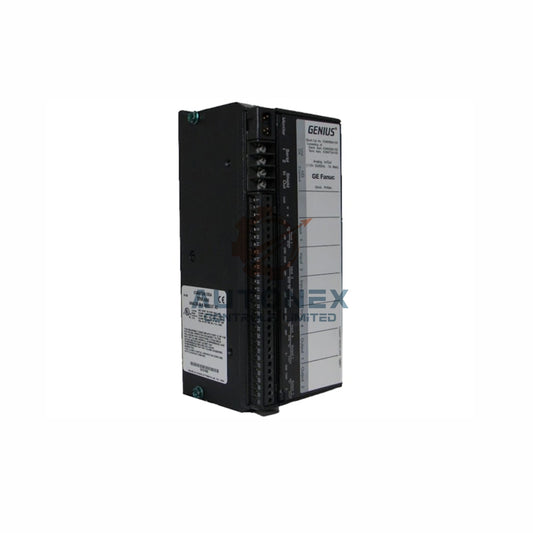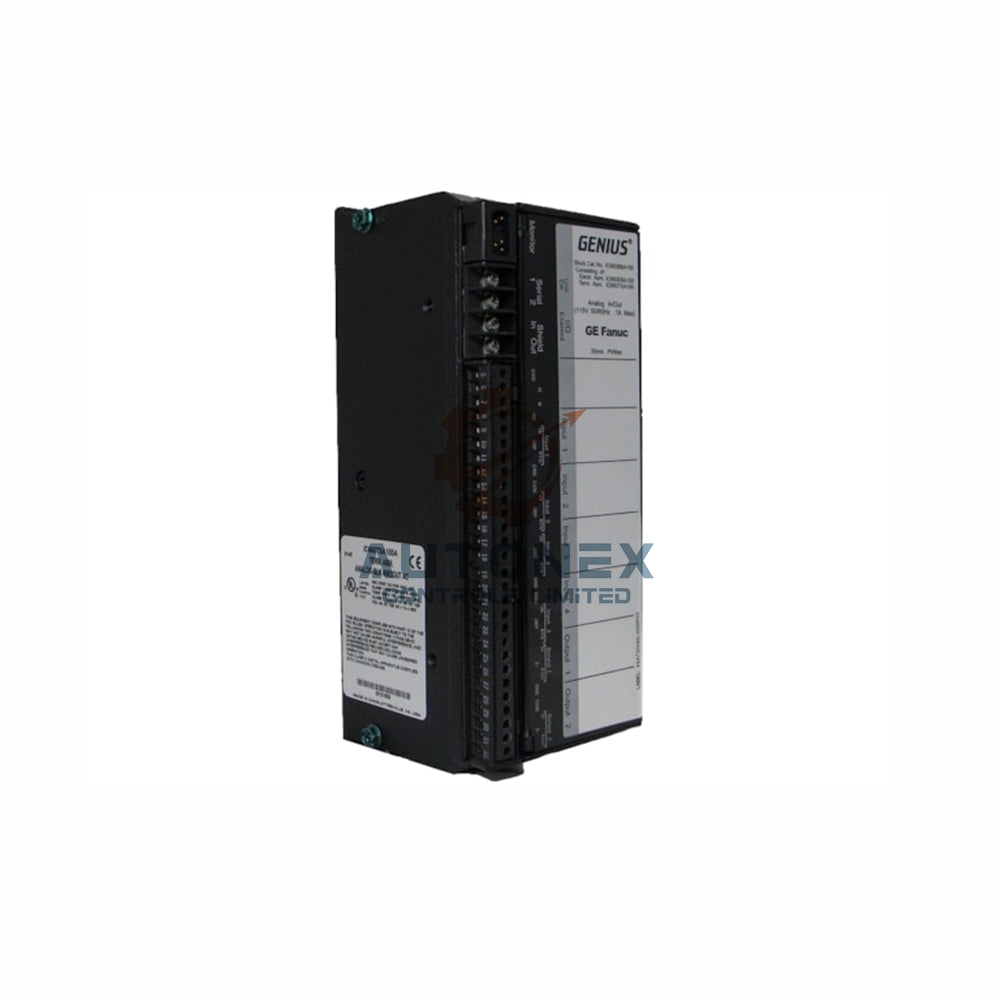Why 68% of Manufacturers Overpay for Maintenance: The Predictive Analytics Solution
The Startling Reality of Maintenance Overspending
Industry research reveals troubling financial patterns. Nearly seventy percent of plants exceed maintenance budgets unnecessarily. These operations waste substantial resources each year. Moreover, they frequently change components before actual requirement. This practice severely affects operational profitability.
Flaws in Time-Based Maintenance Approaches
Traditional maintenance follows rigid calendar schedules. Unfortunately, this method replaces perfectly functional parts. Organizations consequently face preventable expenses. Unexpected breakdowns still happen between service intervals. This inefficient system demands urgent modernization.

Predictive Analytics Transforms Maintenance Strategy
Condition monitoring technology provides intelligent solutions. Sophisticated sensors track machine health continuously. They examine multiple operational parameters simultaneously. Maintenance then happens based on actual equipment needs. This approach prevents both early replacement and surprise failures.
Measurable Financial Improvements Documented
Companies report impressive cost savings after implementation. Many achieve over thirty-five percent reduction in maintenance spending. Their budgets suddenly accomplish more work. Equipment durability also improves considerably. These advantages combine to produce outstanding returns.
Critical Implementation Steps for Success
Effective deployment needs careful preparation. Begin by analyzing equipment failure history. Then select appropriate monitoring technology. Ensure proper integration with control systems. Finally, develop clear response procedures for alerts.
Seamless Control System Integration Benefits
Modern solutions work with existing automation infrastructure. They interface directly with PLC and DCS environments. This creates comprehensive equipment visibility. Teams receive proactive maintenance notifications. Therefore, they can schedule repairs during planned outages.
Addressing Common Implementation Challenges
Some companies worry about technical complexity. However, current platforms feature intuitive interfaces. Cloud-based options minimize hardware investments. Installation usually causes little production disruption. Most staff members learn new systems quickly.
Expert Perspective: Making the Transition
Based on my field experience, successful implementations share key characteristics. They start with thorough equipment assessment. They prioritize high-impact machinery first. Proper sensor calibration proves crucial. Most importantly, organizations must commit to process change.
Real-World Application Example
A medium-sized processing plant implemented our solution. They monitored thirty-five critical assets. Within eight months, maintenance costs dropped forty percent. Unexpected failures decreased by seventy-five percent. The system paid for itself in under fourteen months.

Future Developments in Maintenance Technology
Predictive capabilities continue advancing rapidly. Artificial intelligence enhances detection accuracy. Wireless technology simplifies installation. These innovations make advanced monitoring more accessible. Early adopters gain significant competitive edges.
Frequently Asked Questions
What distinguishes predictive from preventive maintenance?
Predictive maintenance uses actual equipment condition data. Preventive maintenance follows fixed schedules. This evidence-based approach eliminates unnecessary servicing. Therefore, it optimizes both resources and operational uptime.
How quickly can we expect cost savings?
Most facilities see meaningful reductions within six months. Full ROI typically occurs in twelve to eighteen months. Implementation scale affects exact timelines. However, nearly all organizations report first-year savings.
Does this require control system replacement?
Not at all. Modern solutions enhance existing automation systems. They add monitoring capabilities without major overhauls. This approach preserves previous control investments effectively.


